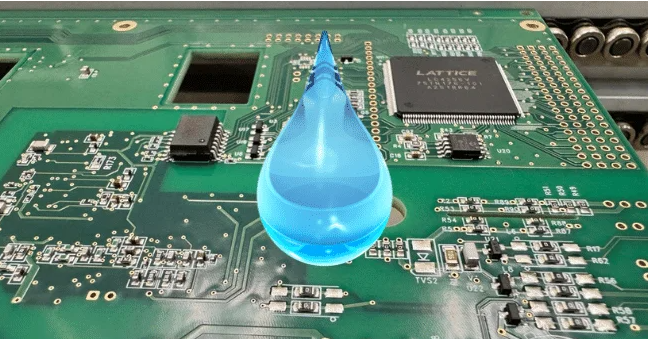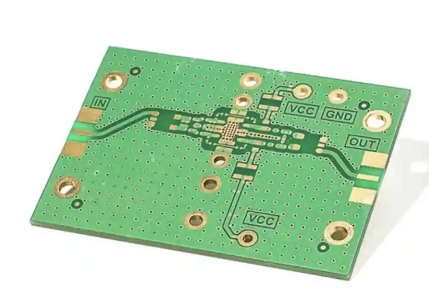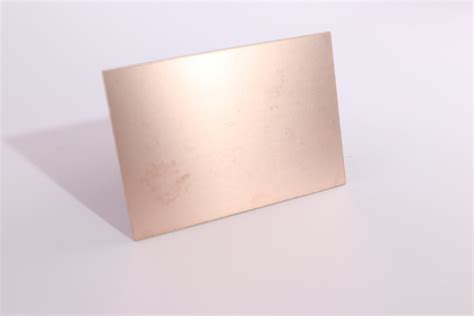The Significant Impact of Humidity on PCB Assembly
Abstract
Printed Circuit Board (PCB) assembly is a complex process influenced by various environmental factors, with humidity being one of the most critical. Excessive or insufficient moisture levels can lead to defects such as solder bridging, component warping, delamination, and electrochemical migration. This paper explores the effects of humidity on PCB assembly, discussing its impact on solder paste performance, component integrity, and long-term reliability. Additionally, best practices for humidity control in manufacturing environments are presented to ensure high-quality PCB production.
1. Introduction
PCB assembly involves multiple stages, including solder paste application, component placement, reflow soldering, and inspection. Throughout these processes, environmental conditions—particularly humidity—play a crucial role in determining the final product’s quality. Humidity affects material properties, solder joint formation, and the structural integrity of PCBs. This paper examines how humidity influences PCB assembly and provides recommendations for mitigating its adverse effects.
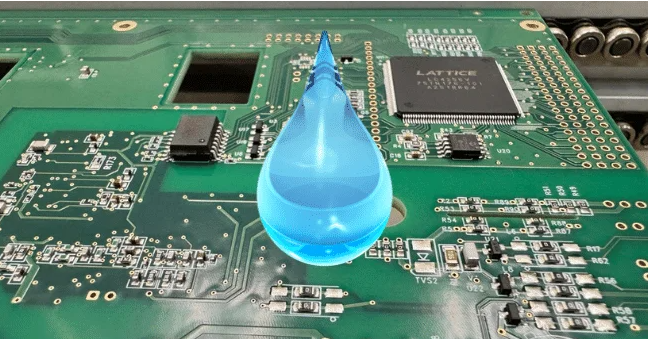
2. The Role of Humidity in PCB Assembly
2.1. Solder Paste Performance
Solder paste, a mixture of flux and metal alloy particles, is highly sensitive to moisture. Excessive humidity can lead to:
- Solder Balling: Moisture absorption causes flux to spatter during reflow, forming tiny solder balls that create short circuits.
- Poor Wetting: High humidity degrades flux activity, reducing the solder’s ability to bond with pads and component leads.
- Oxidation: Moisture accelerates oxidation of solder particles, weakening joint strength.
Conversely, extremely low humidity may cause solder paste to dry prematurely, leading to poor printability and inconsistent deposition.
2.2. Component and Substrate Moisture Sensitivity
Many PCB components, particularly plastic-encapsulated ICs (e.g., QFPs, BGAs), are hygroscopic. Moisture absorption can result in:
- Popcorning: During reflow, trapped moisture vaporizes, causing internal cracks or delamination in IC packages.
- Warping: Moisture-induced expansion of PCB substrates leads to misalignment during component placement.
- Delamination: Excessive humidity weakens the bond between copper layers and the substrate, reducing mechanical strength.
2.3. Electrochemical Migration
High humidity facilitates ion migration between conductors, leading to:
- Dendritic Growth: Conductive filaments form between traces, causing leakage currents or short circuits.
- Corrosion: Moisture accelerates oxidation of exposed metal surfaces, degrading signal integrity.

3. Industry Standards for Humidity Control
To mitigate humidity-related defects, industry standards such as IPC-J-STD-033 and IPC-1601 recommend:
- Storage Conditions: Moisture-sensitive components should be stored at <10% relative humidity (RH) or in dry cabinets.
- Baking Requirements: Components exceeding moisture limits must be baked before assembly.
- Workshop Humidity Control: Maintaining 30-60% RH in assembly areas ensures optimal solder paste performance and component stability.
4. Best Practices for Humidity Management
4.1. Environmental Monitoring
- Use hygrometers to track RH levels in storage and assembly areas.
- Implement automated alerts for deviations from optimal humidity ranges.
4.2. Moisture Barrier Packaging
- Store moisture-sensitive devices (MSDs) in vacuum-sealed bags with desiccants.
- Follow IPC standards for handling and resealing MSDs.
4.3. Controlled Reflow Profiles
- Preheat PCBs to remove residual moisture before soldering.
- Optimize reflow temperature curves to minimize thermal shock on humid components.
4.4. Conformal Coating
- Apply moisture-resistant coatings to assembled PCBs for harsh environments.
5. Case Study: Humidity-Induced Failure in Automotive PCBs
A study on automotive control modules found that boards assembled in high-humidity conditions (≥70% RH) exhibited:
- 15% higher incidence of solder voids.
- Increased electrochemical migration after 500 hours of operation.
Implementing humidity controls reduced defect rates by 40%.
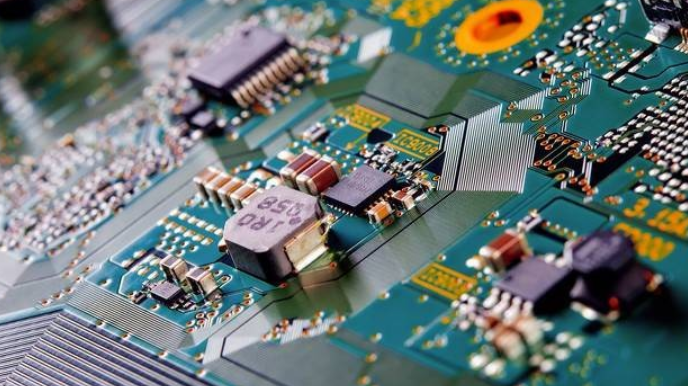
6. Conclusion
Humidity is a decisive factor in PCB assembly quality. Proper moisture management—through controlled storage, environmental regulation, and process optimization—can prevent defects and enhance product reliability. Manufacturers must adhere to industry standards and invest in humidity control systems to ensure consistent PCB performance, particularly in high-reliability applications like aerospace, automotive, and medical devices.

